
How to Help Your Kid Cope With Worry or Fear
Share
As they grow up, kids must learn to manage their emotions. Yet, worries and fears can be especially challenging to regulate.
Your kid may worry about any number of new experiences, such as making friends, starting school, learning new skills, etc. While it’s perfectly normal to worry sometimes, kids may struggle at first to manage it. In these cases, fear can become overwhelming and negatively impact their well-being.
Here’s how to help your kid cope with worry or fear, so that they can better manage their emotions in the long-term.
Why you should help your kid cope with worry
We’ve all felt some level of worry, anxiety and fear during childhood. But it’s essential that kids learn how to manage these feelings, so they can:
- Calm down and feel better
- Self-regulate these feelings at home, school, etc.
- Have strategies to handle stress later in life
- Prevent fear-induced habits and behaviors
Kids who struggle to regulate their fears may slip into harmful behaviors, such as isolating themselves, staying in their room all day, overeating, self-harming, etc. Depending on the severity, they may also suffer panic attacks or have an anxiety disorder.
6 tips to help your kid cope with worry or fear
Ignoring or avoiding fear only makes it worse over time. Instead, actively work with your child to cope and manage these feelings. Learning to self-regulate takes practice and patience, but ultimately will help your child in the long run.
1. Identify real-time coping strategies
To start, help your child use coping strategies to calm down when they’re feeling big emotions such as worry or fear. Some ways to do this include:
- Breathe deeply, as if you’re blowing up a balloon.
- Use all five senses to feel grounded. For example, identify what you can see, hear, smell, touch and taste.
- Visualize a safe place or person. Kids may picture their bedroom, treehouse or parent.
2. Offer reassurance and support
Make sure your kid knows they’re not alone. While self-regulation is the ultimate goal, your reassurance and support can help your child get there.
- Remind your kid that you’re here for them.
- Make reassuring statements. For example, it may help to imagine anxiety as a wave that will pass.
- Keep your communication lines open, so your kid trusts that they can talk to you about their worries or fears.
3. Know your child’s calming activities
In addition, it’s important to encourage your kid to engage in calming activities. The sky’s the limit in terms of what may work for your child. Some kids enjoy taking a walk, listening to music, coloring/drawing, reading a book, doing yoga or meditation, writing in a journal, etc.
Shop ThinkPsych Products
For younger kids, you might also create a “worry box” together. Here your kid can write down their worries and store them in the box, so that they’re contained. Or a “calm-down kit” is another great idea to have on hand. Your child’s kit can include items such as toys, photos, etc. that make them feel calmer.
4. Help your child recognize signs and triggers
Getting to the root cause of worry or fear can also soothe your child. Triggers for anxiety can come from a wide range of factors, such as undergoing big family changes (i.e. moving, divorce or death), feeling overwhelmed by school, taking on too much responsibility for their age, being surrounded by a stressed caregiver, having traumatic experiences (e.g., bullying, abuse, etc.), etc.
Find out what’s contributing to your child’s worrying. For example, if they’re anxious about making friends at a new school, role-play how to approach classmates and come up with coping strategies for when worrying starts. Having a plan to face this fear can help your child know what to do when worry or fear begins.
5. Create a family media plan
What’s more, screen time may be a major factor in aggravating your kid’s anxiety. It’s important to help your kids find a healthy balance of tech use, so that they keep up healthy habits such as getting daily exercise, sleeping well, spending time with friends/family, etc.
Create a family media plan that outlines how much screen time per day, plus guidelines for any scary or violent media (whether TV, video games or YouTube). This will give your child the structure needed to minimize the negative effects of too much technology.
6. Reward brave behavior
Finally, managing worry or fear takes time to learn. You can support your child by rewarding brave behaviors. Praise your kid and validate their efforts when they face their fear or cope well with it. Often, this type of positive reinforcement can motivate your kid to improve a little bit every time.
Some don’ts to keep in mind
Feeling overwhelmed by worry can be a scary experience for kids. Sometimes parents with good intentions will try to help their kids in ways that actually make the situation worse. Here are common don’ts to ensure you’re not increasing your child’s fear:
- Don’t dismiss their worries. This can make your kid even more anxious because they believe they’re not supposed to feel this way.
- Don’t avoid certain activities or places just because they make your kid anxious. It’s important to gradually face their worries.
- Don’t ask leading questions about what’s wrong. Don’t put words in their mouth. Let your child tell you what’s causing them to worry.
- Don’t model stressful behaviors. If you have trouble handling stress, your kid will learn these habits. While you shouldn’t hide your anxiety, you should try to model healthy coping mechanisms.
- Don’t hesitate to contact a professional, if your child is often distressed by worry. You may need an expert to help your kid overcome their fears.
Conclusion
Managing worry or fear is a key step in building your child’s emotional intelligence. Leverage our tips above to help your kid develop coping mechanisms.
- Young Minds, Supporting Your Child With Anxiety, https://www.youngminds.org.uk
- Child Mind, How to Help Children Manage Fears, https://childmind.org
- NPR, How To Help a Child Struggling With Anxiety, https://www.npr.org
- Kids Health, Helping Kids When They Worry, https://kidshealth.org
- Healthy Children, Help Your Child Manage Anxiety: Tips for Home & School, https://www.healthychildren.org
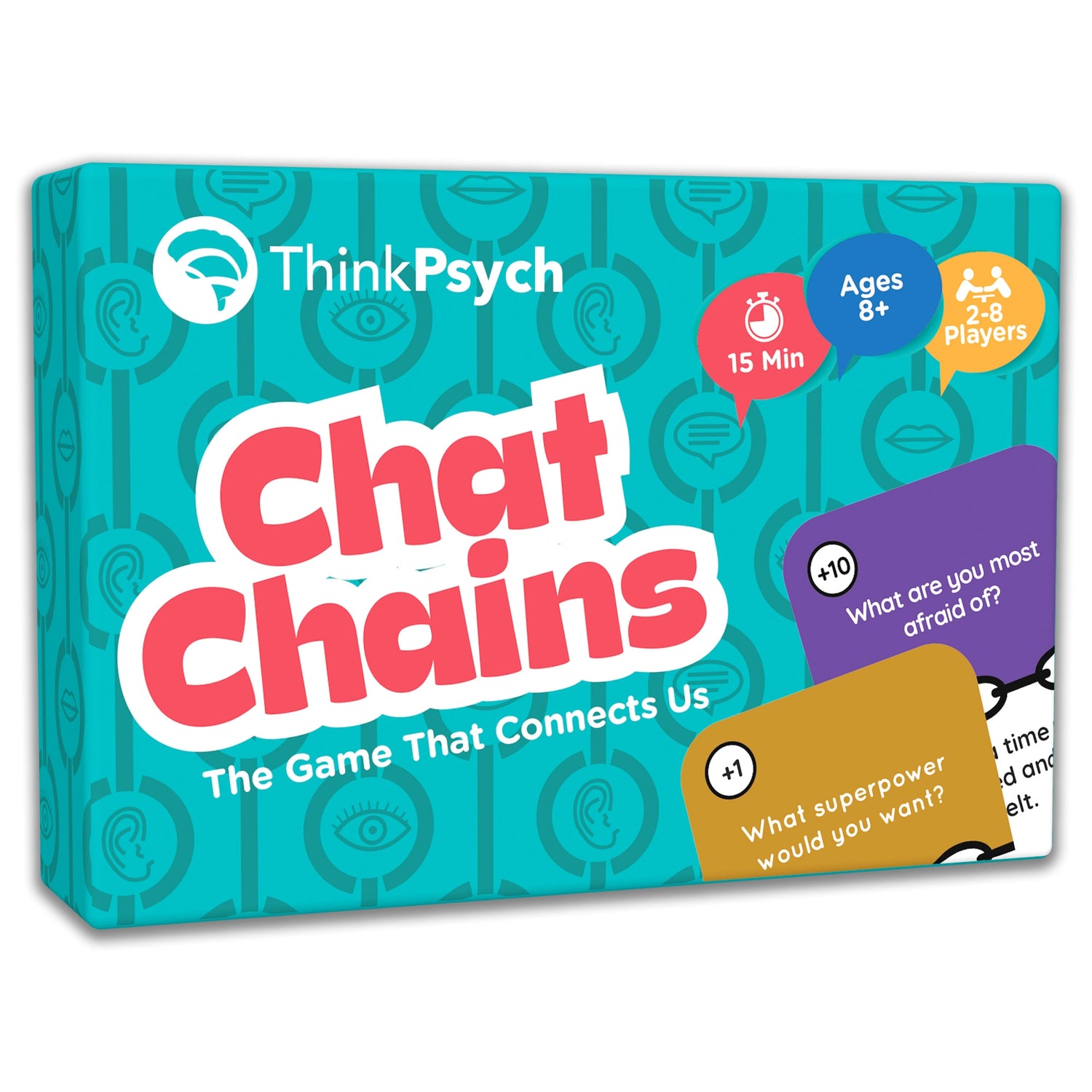

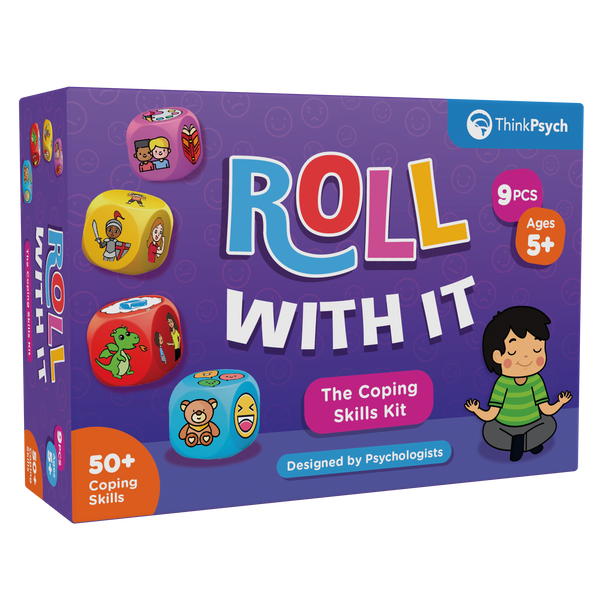
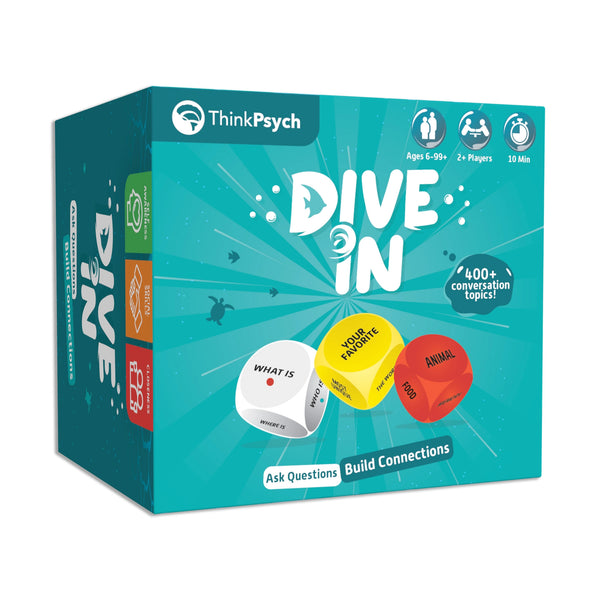
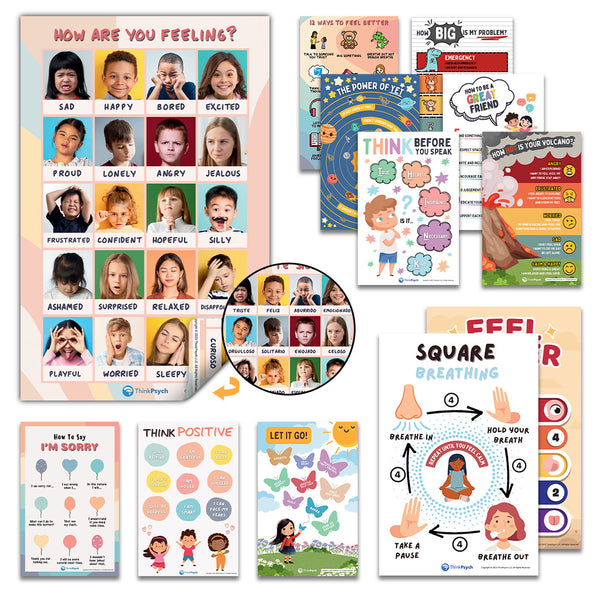
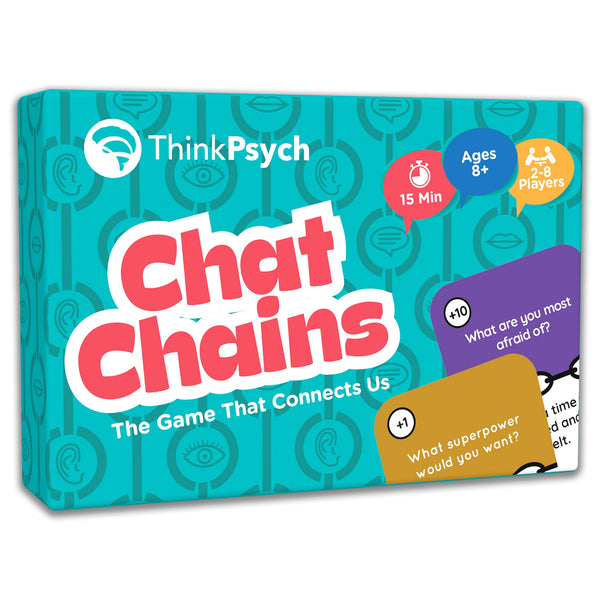
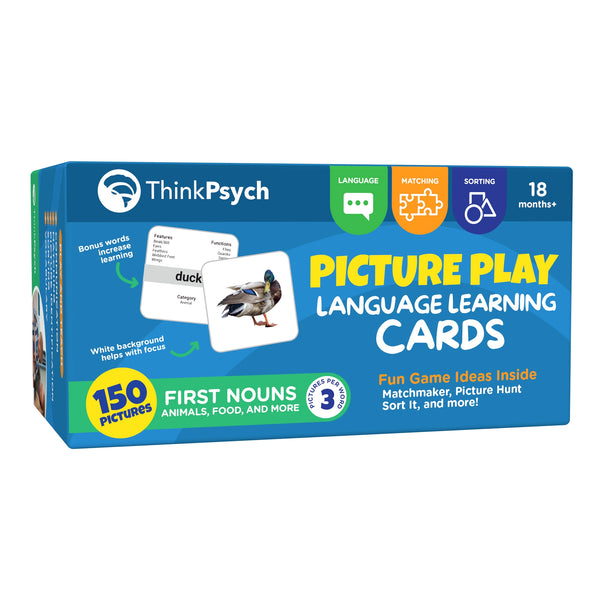



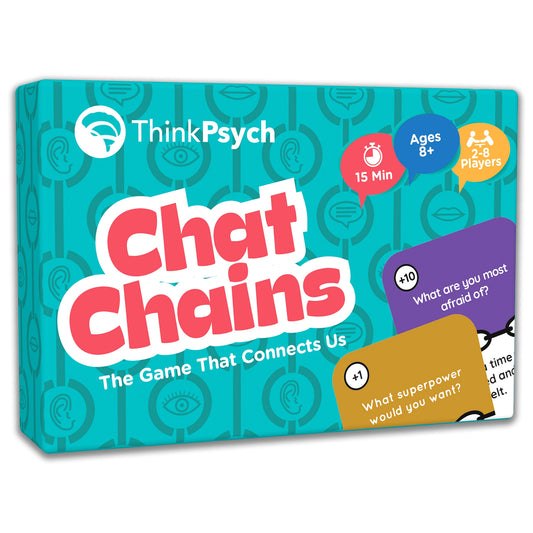
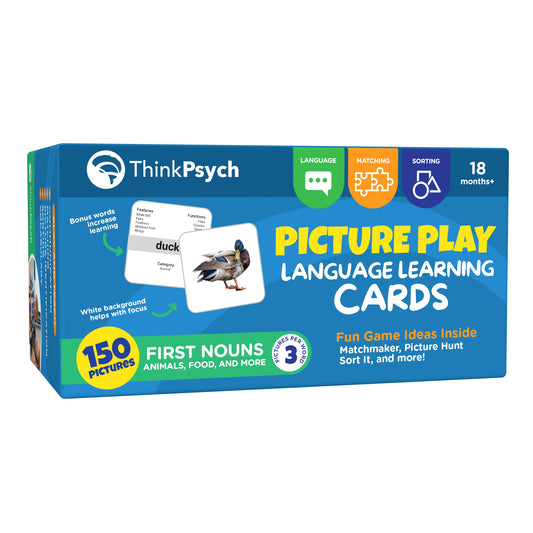
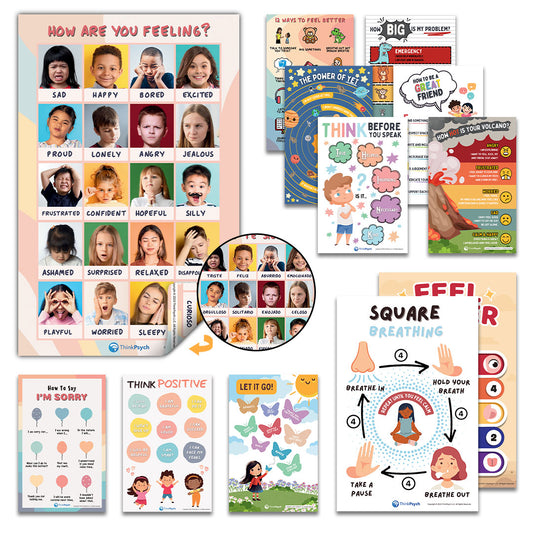
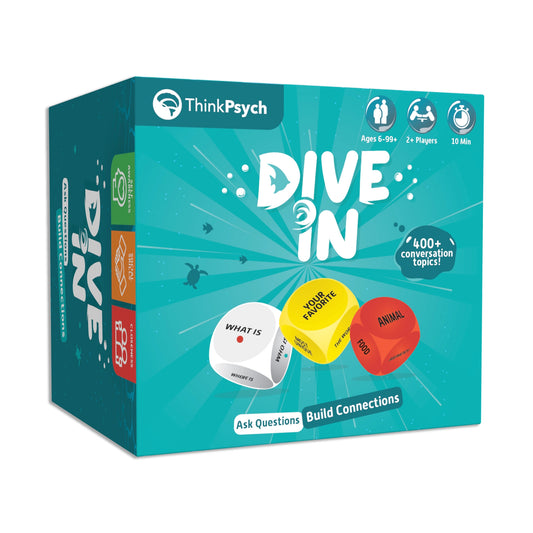
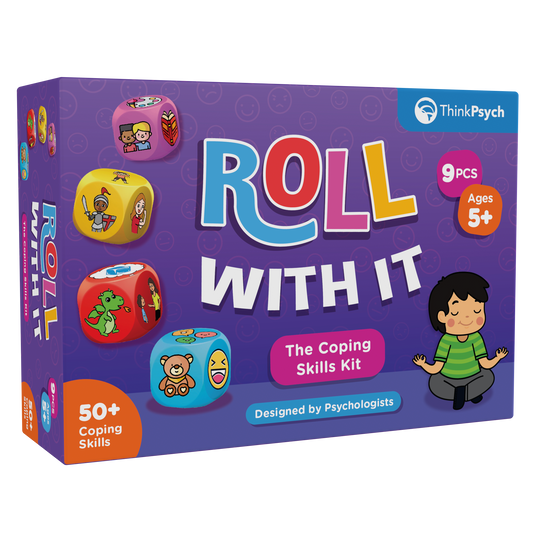


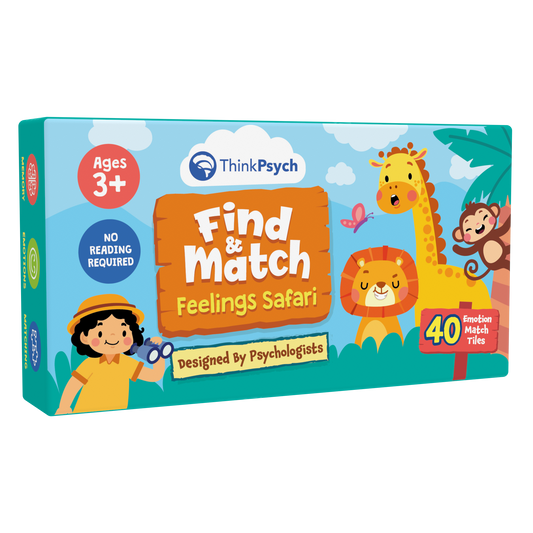
1 comment
Helping your child cope with worry or fear is essential for their emotional well-being. Firstly, create a safe space for open communication where they can share their concerns. Offer reassurance and validate their feelings, teaching them relaxation techniques like deep breathing